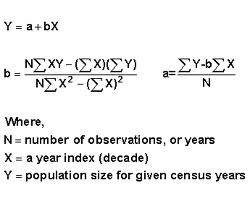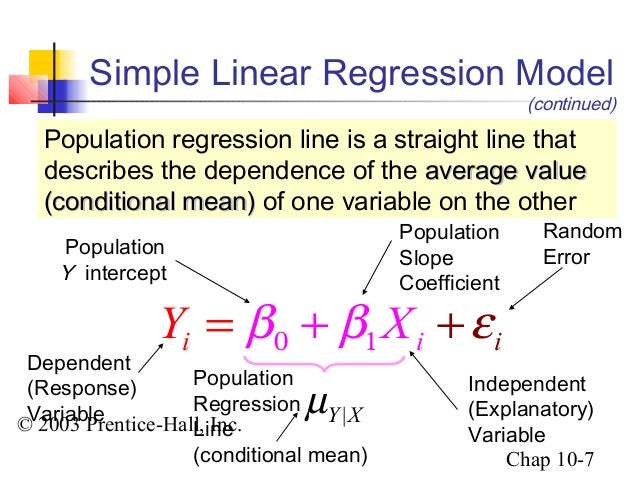

In the multiple linear regression equation, b 1 is the estimated regression coefficient that quantifies the association between the risk factor X 1 and the outcome, adjusted for X 2 (b 2 is the estimated regression coefficient that quantifies the association between the potential confounder and the outcome).

If we now want to assess whether a third variable (e.g., age) is a confounder, we can denote the potential confounder X 2, and then estimate a multiple linear regression equation as follows: Where b 1 is the estimated regression coefficient that quantifies the association between the risk factor and the outcome. We can estimate a simple linear regression equation relating the risk factor (the independent variable) to the dependent variable as follows: Suppose we have a risk factor or an exposure variable, which we denote X 1 (e.g., X 1=obesity or X 1=treatment), and an outcome or dependent variable which we denote Y. Identifying & Controlling for Confounding With Multiple Linear RegressionĪs suggested on the previous page, multiple regression analysis can be used to assess whether confounding exists, and, since it allows us to estimate the association between a given independent variable and the outcome holding all other variables constant, multiple linear regression also provides a way of adjusting for (or accounting for) potentially confounding variables that have been included in the model.


Again, statistical tests can be performed to assess whether each regression coefficient is significantly different from zero. In the multiple regression situation, b 1, for example, is the change in Y relative to a one unit change in X 1, holding all other independent variables constant (i.e., when the remaining independent variables are held at the same value or are fixed). Each regression coefficient represents the change in Y relative to a one unit change in the respective independent variable. Where is the predicted or expected value of the dependent variable, X 1 through X p are p distinct independent or predictor variables, b 0 is the value of Y when all of the independent variables (X 1 through X p) are equal to zero, and b 1 through b p are the estimated regression coefficients. With every unit of increase in X, y decreases by m.The multiple linear regression equation is as follows: Similarly, the value of m can also be a negative value which simply means a negative correlation between X and y. The value of c in some cases can also be negative and it should not be confused as the minimum value of y with no independent variables in the picture. Please Note: These statements are not always practically true in all cases but the logic stands true. For example if we are trying to find a linear relationship between Years of Experience and Salary, the minimum Salary that the company offers despite the years of experience will be a constant value c. This means that even when there is no X present at for the equation, a minimum of c on the y axis can be attained. Once we find m, we will calculate the value of c which is the constant value at y-intercept. This shows a correlation between X and y. This simply means that for a single unit change in x, y will change by m. We will now proceed to find m which is the slope for the line also known as the coefficient.


 0 kommentar(er)
0 kommentar(er)
